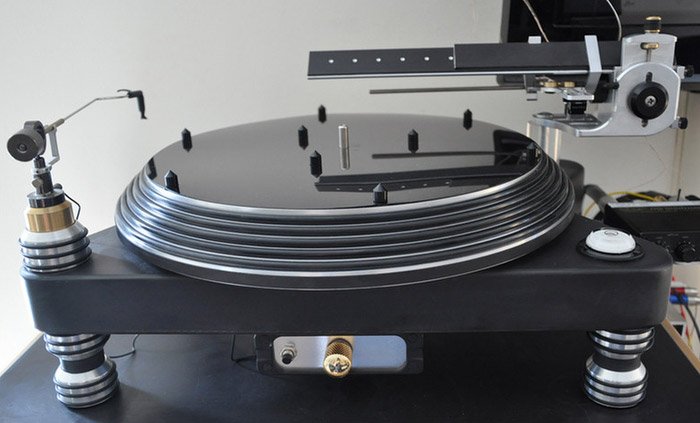Peter, this is a game changer for me, at the level of Stacore upgrade and beyond. What's especially impressive is that I couldn't see how the motor was going to improve things at all, let alone this radically. I mean, as the Roadrunner speed tach swung 33.100 to 33.600 revolution to revolution on my stock motor, I heard no discernable "rightness" at 33.333 as opposed to the extremes of 33.1 or 33.6. So, how would a motor promising 0.05% stability and coincidental lack of significant waver appear to be better? Really challenged my mindset.
Well, evidence is in the proof of the pudding. The stripping back of fuzz, gauze and all-round thrum and grainy greyness that I absolutely was only aware by inference, in that certain acoustic music was never as transparent as it could be, but not as factors formally recognisable as such, is absolutely striking and radical here. It feels like a final frontier change for me, and all that can improve things further will be further noise reduction via the Farad LPS and Sablon cables/Rollerblocks footers.
What also has been a joy was the epiphany today of half-Rollerblocks under the motor pod, completing the vibration isolation management started with IsoDamp experiment. Such a boost as well.







